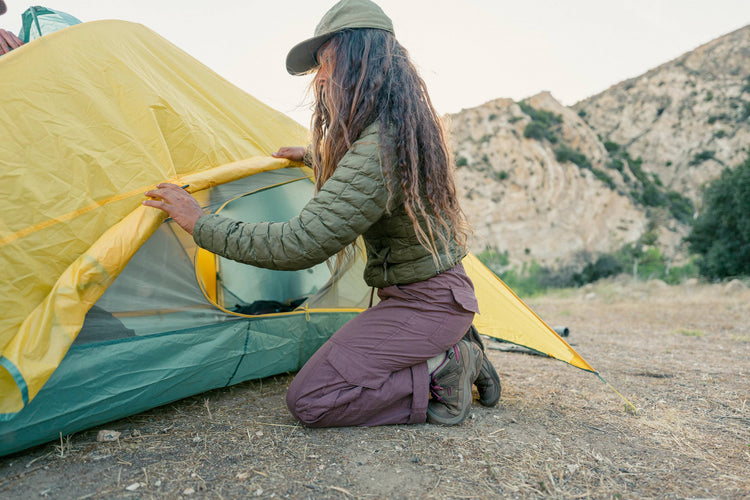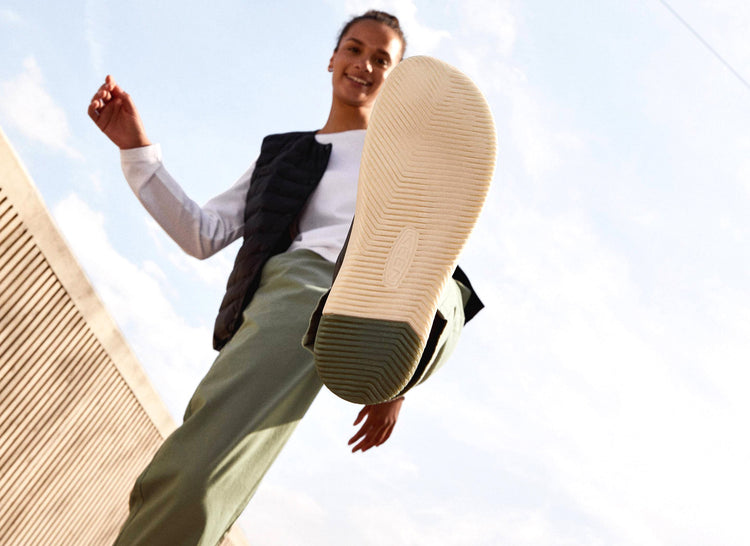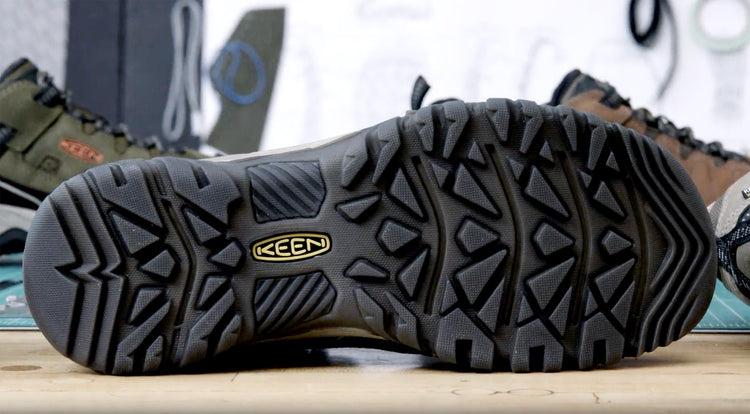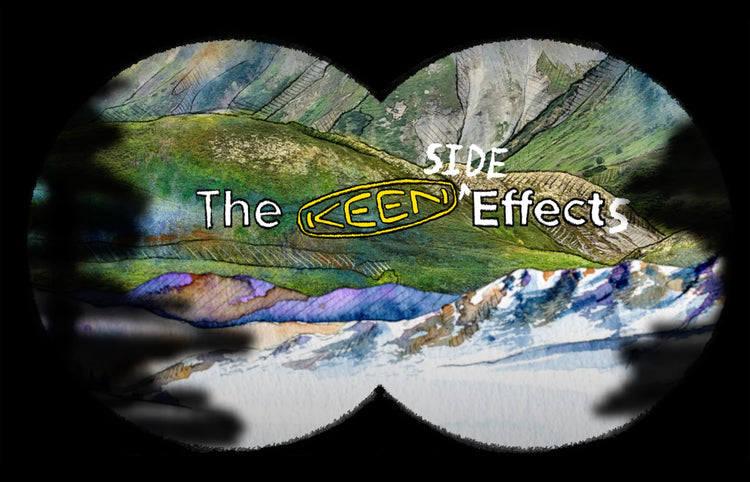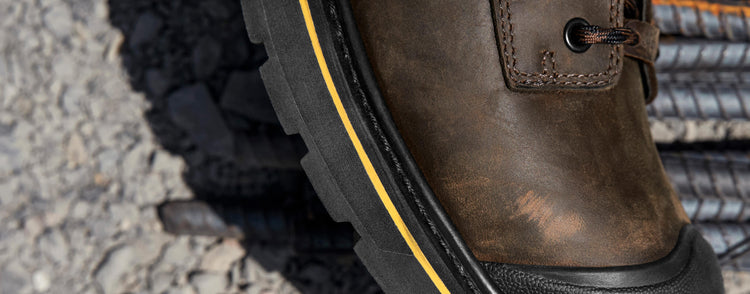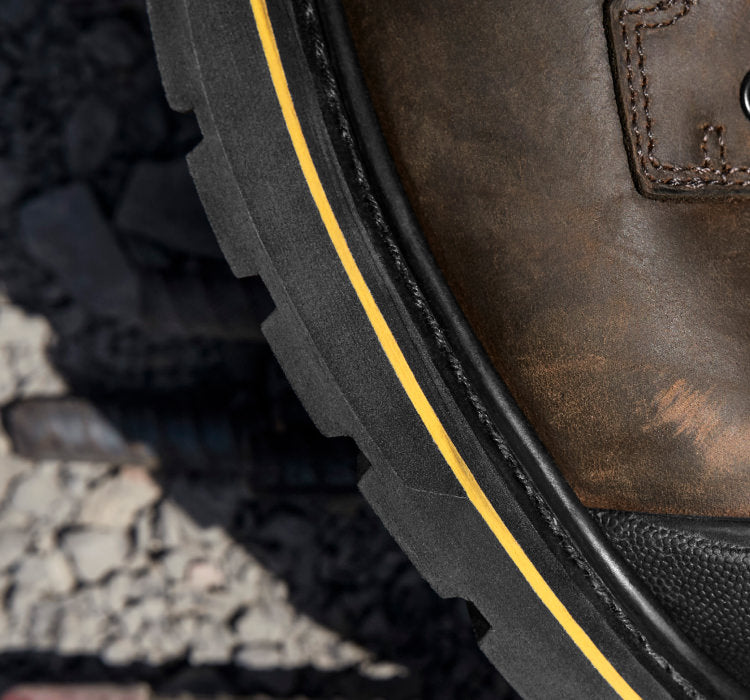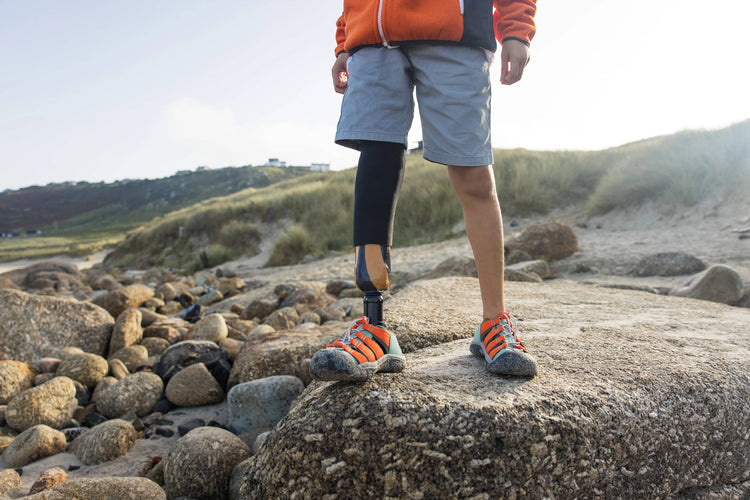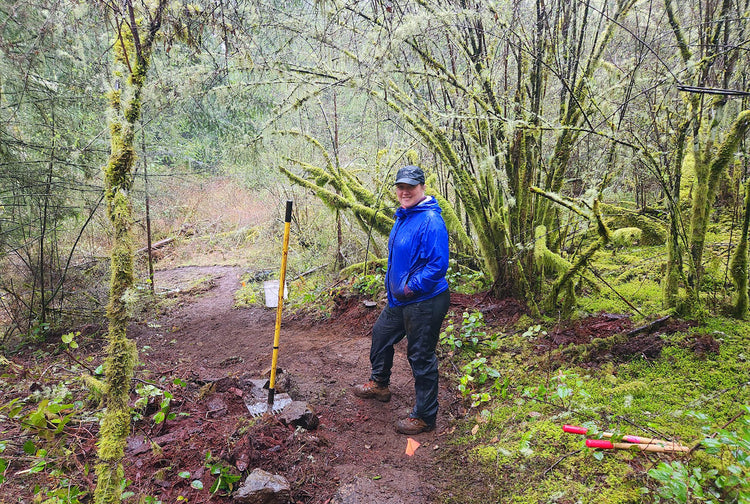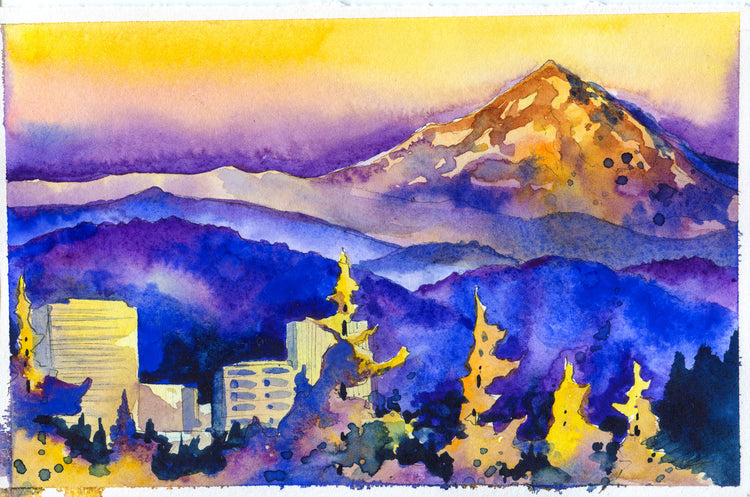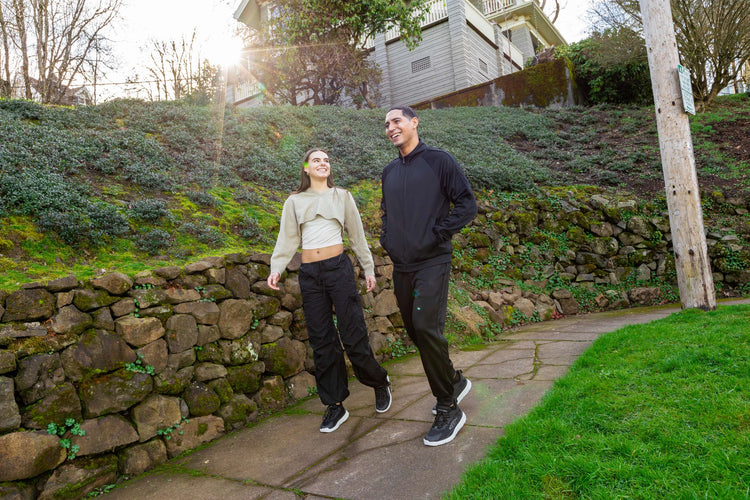Warm summer days may soon be in the rear-view mirror, but that’s no reason to hang up your camping ambitions ‘til spring.
Fall and winter camping take a bit more effort to stay warm, dry, and comfortable, but the reward comes in the form of quiet campgrounds, uncrowded spaces, and a fresh perspective on the landscape. Think views to yourself, fall colors, extra wildlife sightings, and the beauty of fog-laden or snow-covered scenes. We’ve boiled down the basics for off-season adventure to the following priorities:
Weather, Weather, Weather
Like the old saying in real-estate circles (“location, location, location”), the number one rule for fall and winter camping is weather, weather, weather. To state the obvious, winter camping can be cold and wet, if not downright freezing and snowy depending on where you’re headed. Shivering in a cold, damp tent is not on anyone’s camping bucket list. Which is why picking a solid weather window should be your number one priority when planning an off-season camping trip. Our advice is to commit to making a trip happen, but keep the dates flexible. That way, you can shift to match a favorable weather window for the best possible experience.
KEEN tip: Have a plan B. Know when to pack up and change your plan. If the weather takes an unwelcome turn for the worse, or your sleeping bag isn’t as warm as you thought it would be, just pack up and go for plan B. It’s not about quitting. It’s about being smart, flexible, and spontaneous!
The Gear You Need
You’ve likely heard the expression, “There’s no such thing as bad weather, just bad gear.” Well, there’s no better way to test this theory than to go winter camping with your normal summer gear. You might get away with it if you’re headed to the desert Southwest or other mild climate, but the rest of us need to be prepared for cold, wet weather.
For a fun off-season adventure, the two most critical camping items are your tent and sleeping bag. The differences between a two-season and a four-season tent are real. Four-season tents have more robust flys, bases, and pole structures to withstand the wind, rain, and snow. No one wants to wake up in the night thinking, “Oh my gosh, is the tent about to collapse?” And, as you can probably guess, a good winter sleeping bag is significantly warmer than a lightweight summer bag. Sleeping in your base layers and a beanie helps add a few degrees of warmth to any bag, but starting with a bag that has a temperature rating suited to your plan is the best approach. In true freezing weather, consider bringing a well-sealed hot water bottle into your bag. It’ll help keep you warm as you fall asleep, plus it will keep your water from freezing overnight.
KEEN tip: A sleeping pad can make all the difference to a good night’s sleep, and a good sleeping pad is about more than just having a cushy platform. It’s about insulating yourself from the cold ground, too. An easy way to upgrade your sleeping system is to add an inexpensive, closed-cell foam pad to go under your fancier, cushier inflatable pad. You won’t regret that extra bit of insulation!

How To Layer Up
The best way to stay warm and dry is to never get cold and wet in the first place. KEEN can help you out with waterproof, insulated winter boots and warm socks, but layering is the key to adapting to cold-weather activity. It lets you easily adjust to your activity level and changing weather. From snug-fitting base layers to your choice of middle layers, materials like wool, fleece, and breathable synthetics are your ticket to staying warm while being active in cold weather. Add waterproof and breathable outer layers to seal out rain or snow, and you can spend a full day outside.
KEEN tip: Mornings are c-c-cold. To help ease the shock of getting out of your warm and cozy sleeping bag, pull the clothes you plan to wear for the day into your sleeping bag in the morning. This step pre-warms them before you layer up for the day. Plus the acrobatics of getting dressed inside your bag are sure to get the blood flowing!
Just Tarp It
Versatile, inexpensive, and widely available, tarps are a great way to get comfier while camping. You should always use a tarp or footprint under your tent, but it’s even more critical in cold, damp weather, because it’s one more layer between you and the elements. Be sure not to let tarp edges extend beyond the edge of your tent—the extra material will catch rain or snow and channel it right underneath your tent. Tarps are also a great tool for creating a dry cooking and eating area. If you are expecting wet weather, you can even rig a tarp above your tent as one more defense against rain and snow.
KEEN tip: Rigging good tarps is about knowing your knots. If you’re a knot newbie, do some research and practice rigging a tarp in your yard. We recommend the all-purpose trucker hitch. It’s clutch for setting good tension and is easily adjustable when the inevitable tarp sag sets in!
A fall or winter camping trip turns up the adventure quotient and lets you see a whole new side of your favorite wilderness spots. Just be prepared for cold and damp weather, and you’ll have an experience that leaves you wanting more!

